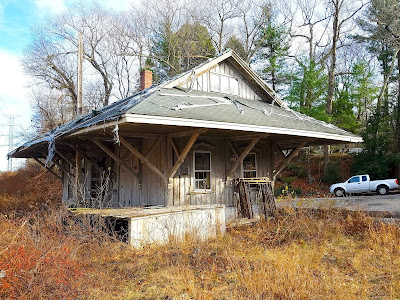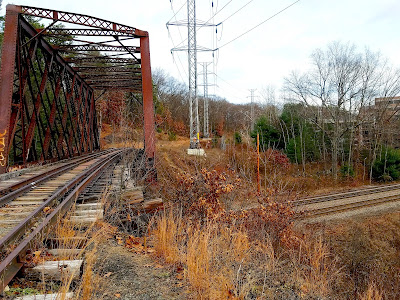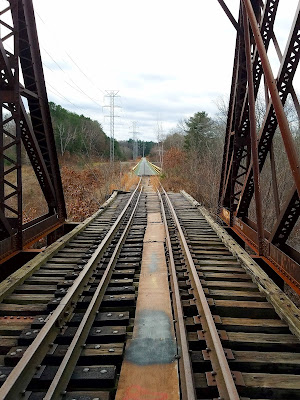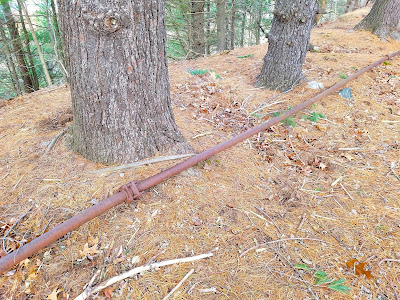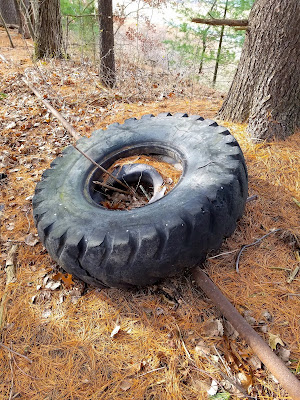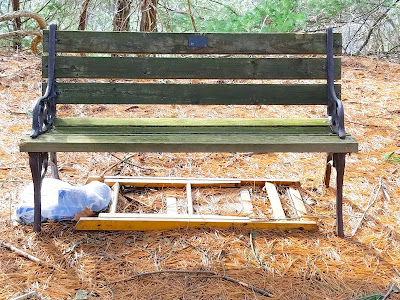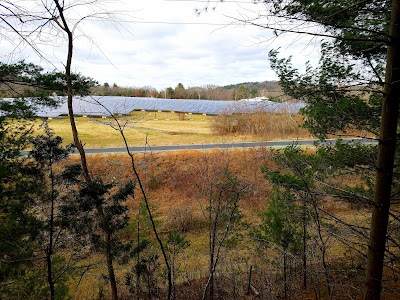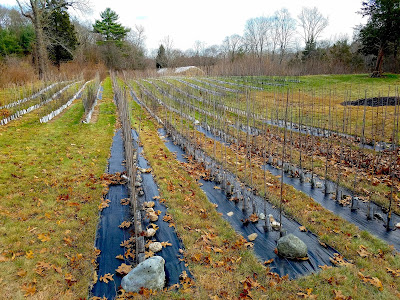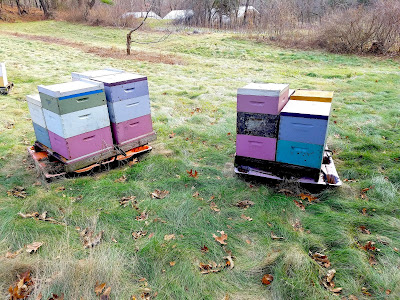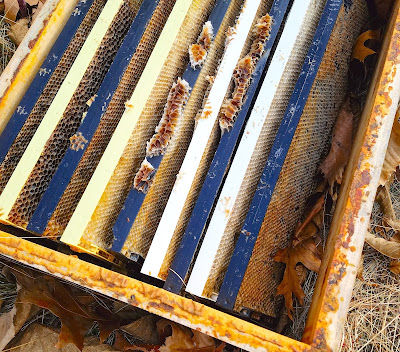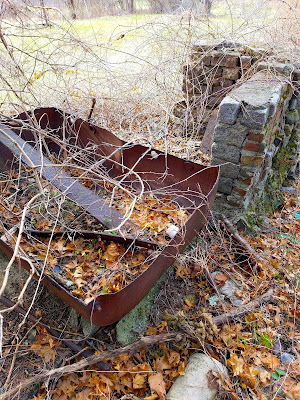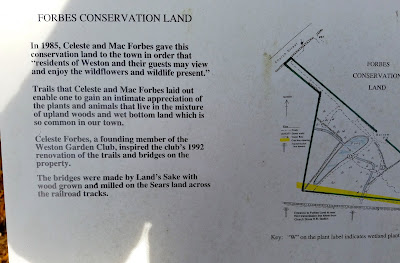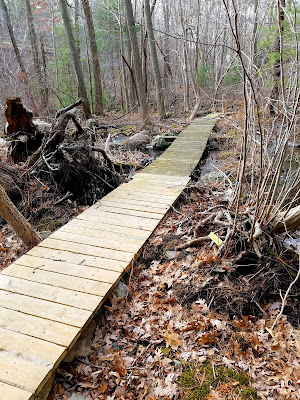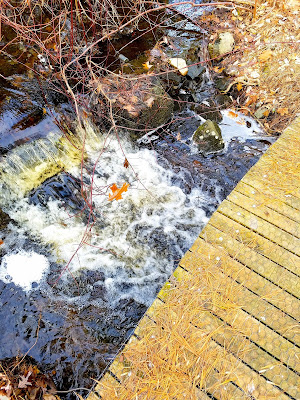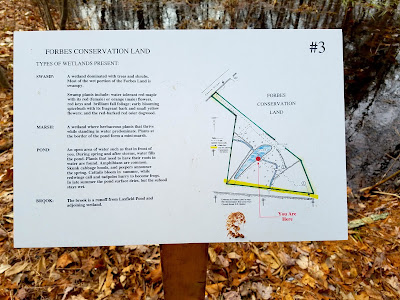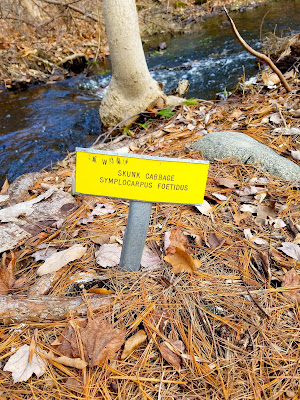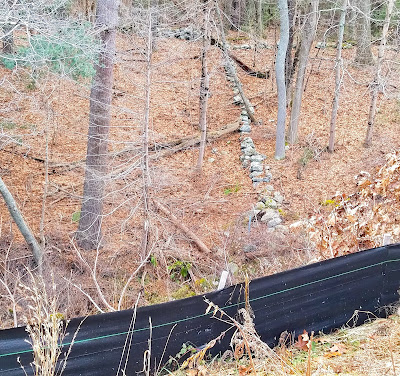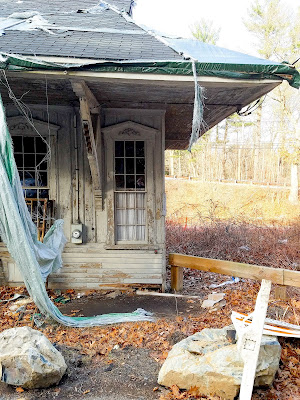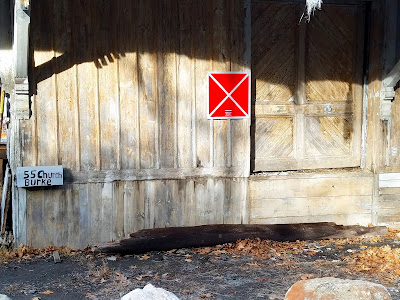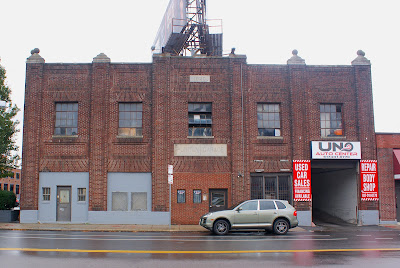From Dave "Scoop" Brigham:
Approaching age 40, many years ago, I decided to ditch the softball team I'd played on the previous few years and return to my true sports love: baseball. In the early months of 2005 leading up to my April birthday, I went to a local batting cage to take some cuts against 60, 70 and even 90 m.p.h. automated pitches. I managed a few decent swings, and managed to foul tip one of the top-speed pitches. I also researched some over-40 leagues in the Boston area. I don't recall why I chose the Boston Men's Baseball League, but on the first weekend in April I drove to Clifford Field in Boston's Roxbury neighborhood. It was a beautiful spring day with plenty of sunshine and just enough warmth. I hadn't played baseball in 25 years, when I was on the Barons in my town's Babe Ruth League my sophomore year in high school. I was nervous as hell as I waited my turn for the hitting and defense tryouts. Afterward, there would be a draft, with notifications of whether or not you'd been picked coming a day or two later.
As I walked toward the field, doubts filled my mind. "What if I'm not good enough and don't get drafted? What if I hurt myself? What if I get picked by a team filled with guys I don't like?" There were definitely guys better than me, which worried me. "Am I a fool for coming out here?" I thought. "Is this just a pipe dream?" There were also, however, guys worse than I was. That made me feel good. I knew I could handle myself defensively, as that was my strong suit going back to my Little League days. Above-average fielder, so-so hitter. That's how the scouting report on me would read. "Soft hands," the scouts might write. "Light hitter."
That's OK. As a kid I made it to two all-star teams with that skill set. When my turn came, I went out to second base, as I'd indicated in my online application that I was a middle infielder. I played a fair amount of second in Little League and Babe Ruth, before moving to short and, eventually third. I felt comfortable at second, but also enjoyed playing the other positions. I handled the batted balls and made good, accurate throws. I was feeling pretty damn good. Sure, I'd been playing softball in recent years, so I wasn't rusty. But baseball involves more speed and agility to track the ball, and more control in throwing the ball a longer distance.
For some reason that I can't recall, I didn't take any swings. Maybe the guys running it were low on time and needed to turn the field over to somebody else. Maybe the assembled managers and players had seen what they needed to see with my play in the field. Either way, I was more than happy to not have to take cuts against live pitching for the first time in more than two decades.
After the tryout I was approached by a few guys who told me they wanted to draft me. They were from a team called the Quincy Sons, which was sponsored by the Sons of Italy, a social club in Quincy, Mass. (side note: during one of the five seasons I played for this team I went to the club just once for a few beers. I met a guy named Crusher.) I was excited and honored and humbled. They seemed excited at the prospect of my joining their team, which made me feel really good. I had just turned 40 -- that day, as a matter of fact -- and they felt they could use some younger, more active blood on their team. I believe a day or two later I received an email making it official: I was a Quincy Son.

(This is me in October 2009, just before my final game as a baseball player. I played with some of my fellow Sons and some other guys in a tournament at the Baseball Hall of Fame. I only played a few innings, as I was nursing an injury, as often was the case over my five-year renewed baseball career. I did return to softball a few years ago, but once again suffered some injuries, including one that resulted in my finally hanging up my glove and cleats for good.)
We held practices for the next several weeks, and on June 2 I played my first baseball game in 25 years. Here's how I described it on my personal blog: "My first at bat in 25 years was surreal. I led off the 2nd inning. I wasn't nervous, but I felt strange standing in against live pitching. I ran the count to 3-1 before swinging at a high fastball and popping to short. My second at bat I felt more comfortable, even though I was the first guy to face their relief pitcher. Again, I led off the inning, and ran the count to 2-1 before grounding to first. I wasn't thrilled, but felt OK about the at-bats."
We lost the game, continuing the winless streak the team had the entire previous season. But as the summer wore on, we won a fair amount of games and finished in second place. Along the way, I handled myself capably at second, short and third base, got more hits than I figured I would, and even took a fastball to the ribcage and lived to tell about it. I got along well with my teammates and still remember most of their names: Bill F., Angel, Bill R., Geoff, Clay, Joe, Jimmy, Paul, Ralph, one of whom nicknamed me "Scoop" for my slick infielding. We made it to the playoffs, but didn't win the championship. During the course of the season I traveled to Hyde Park, Quincy, Burlington, Norwood, Dedham and other towns around Boston to play games. Hands down the strangest field I played on was in Jamaica Plain. Located behind the VA Medical Center and squeezed in between a school, a row of houses and some other institutional buildings, Jefferson Playground is the lyric little bandbox of the Boston amateur baseball world.
I recently visited the field again and took this picture:

So what are we looking at here?
To orient you: at the left of the photo is the left field foul pole. Moving to the right, we see a stone wall with a fence on top. I was never involved in discussions with the crew chief as to the ground rules for this field, but obviously a ball hit over that is a home run. The next thing we see is the base of a light stanchion. To the far right of the photo is the back of a building. Again, I'm not sure what the ground rules are, but if you're juicing, you might be able to pop one over this for a home run. Otherwise, anything off the wall is in play, I assume. It's the space between the light post and the building, however, where things got interesting. I wish now that I'd taken a better picture, but my words will just have to paint the picture for you.
This space is basically an urban canyon. The stone wall shown in the photo cuts a 90-degree angle behind the light post and shoots straight back for roughly 200 feet; the building on the right of the picture starts about 50 feet after the wall, and continues the same distance, up to Heath Street. There is a 20-foot gap in between the stone wall and side of the building, and it is filled with trees, bushes and God knows what else. I played two or three games on this field over the course of my five-year stint as a Quincy Son, and saw a few balls get to the front edge of this anomaly. I'm guessing the distance to the back of the building is about 300 feet, so while it's not unreachable for a bunch of over-40 guys, it's not an everyday occurrence.
So I'm sure you're wondering: how did you do when you played on this field? Well, I'm glad you asked. In one game I had two doubles, one each to left center and right center. The opposing pitcher was mixing his pitches pretty well, but his bender was pretty slow, so I just sat on it and when it came in, looking as big as Frank Thomas's head, I let loose.






